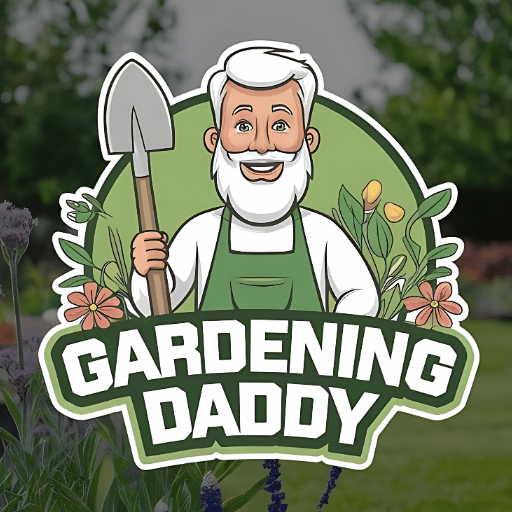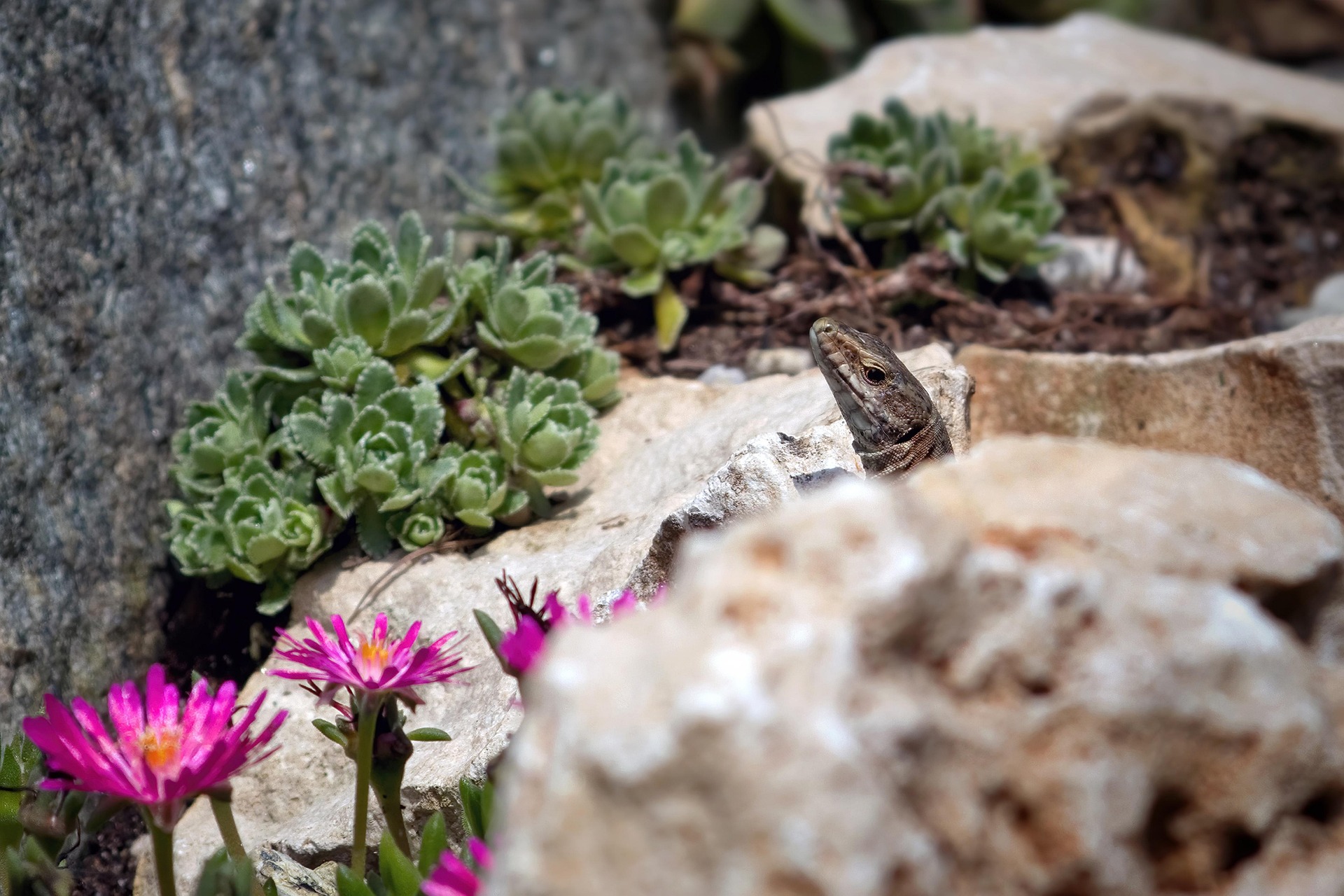Here’s a complete guide on the best rocks for your garden floor and tips for beginners:
Top 12 Best Rocks for Your Garden Floor: A Beginner’s Guide
Using rocks in your garden is a great way to enhance its aesthetic, improve drainage, reduce weeds, and create walkable pathways. Whether you’re landscaping, mulching, or designing a rock garden, selecting the right type of rock is crucial.
1. Gravel (Pea Gravel & Crushed Gravel)
• Best for: Pathways, ground cover, and drainage
• Pros: Affordable, good for drainage, prevents weeds
• Cons: Can be hard to walk on without shoes
2. River Rock
• Best for: Garden beds, decorative borders, and drainage areas
• Pros: Smooth, aesthetically pleasing, comes in various sizes and colors
• Cons: Can be expensive and heavy to transport
3. Lava Rock
• Best for: Mulching, xeriscaping, and fire pits
• Pros: Lightweight, retains moisture, doesn’t decompose
• Cons: Can be sharp, not great for walking paths
4. Decomposed Granite (DG)
• Best for: Pathways, patios, and driveways
• Pros: Affordable, packs down for a solid surface, allows water penetration
• Cons: Can erode over time, needs occasional maintenance
5. Crushed Stone
• Best for: Walkways, patios, and driveways
• Pros: Provides a firm base, comes in different colors and sizes
• Cons: Can be sharp and uncomfortable to walk on
6. Flagstone
• Best for: Patios, stepping stones, and walkways
• Pros: Durable, natural look, great for walkable surfaces
• Cons: Expensive, heavy to install
7. Slate Chips
• Best for: Ground cover, pathways, and decorative elements
• Pros: Beautiful color variations, helps retain moisture
• Cons: Can be fragile and break into sharp edges
8. Cobblestones
• Best for: Pathways, edging, and driveways
• Pros: Classic, durable, adds a rustic charm
• Cons: Can be uneven, making walking difficult
9. Boulders
• Best for: Accents, focal points, and rock gardens
• Pros: Long-lasting, creates a natural aesthetic
• Cons: Heavy, requires equipment for placement
10. White Marble Chips
• Best for: Decorative mulching, brightening shady areas
• Pros: Reflects light, doesn’t decompose
• Cons: Can be expensive and prone to staining
11. Basalt Rocks
• Best for: Modern landscapes, borders, and retaining walls
• Pros: Dark color, durable, good for erosion control
• Cons: Can be costly and difficult to transport
12. Mexican Beach Pebbles
• Best for: Zen gardens, accents, and pathways
• Pros: Smooth, polished look, available in different sizes
• Cons: Expensive compared to other options
Tips for Beginners: Choosing the Right Rock for Your Garden
1. Consider the Purpose – Are you using it for decoration, drainage, or pathways?
2. Check Local Availability – Some rocks are more expensive due to transportation costs.
3. Think About Maintenance – Some require replenishing, while others are long-lasting.
4. Match with Your Garden Theme – Choose colors and textures that complement your plants.
5. Use a Weed Barrier – Landscape fabric can prevent weeds from growing through the rocks.
6. Combine Different Rocks – Mixing textures and sizes can create a unique, dynamic landscape.
7. Plan for Drainage – Use porous rocks like gravel to avoid water pooling.
8. Avoid Overuse – Too many rocks can make the garden look cluttered.
9. Edge Your Pathways – Helps keep the rocks in place and prevents spreading.
10. Mind the Size – Larger rocks work well as accents, while smaller ones are better for ground cover.
11. Test Walkability – If using for pathways, ensure the surface is comfortable to walk on.
12. Balance Cost and Aesthetics – Choose rocks that fit your budget while still looking great.
By selecting the right rock for your garden, you’ll create a beautiful and functional outdoor space that’s easy to maintain. Happy gardening! 🌿💎

